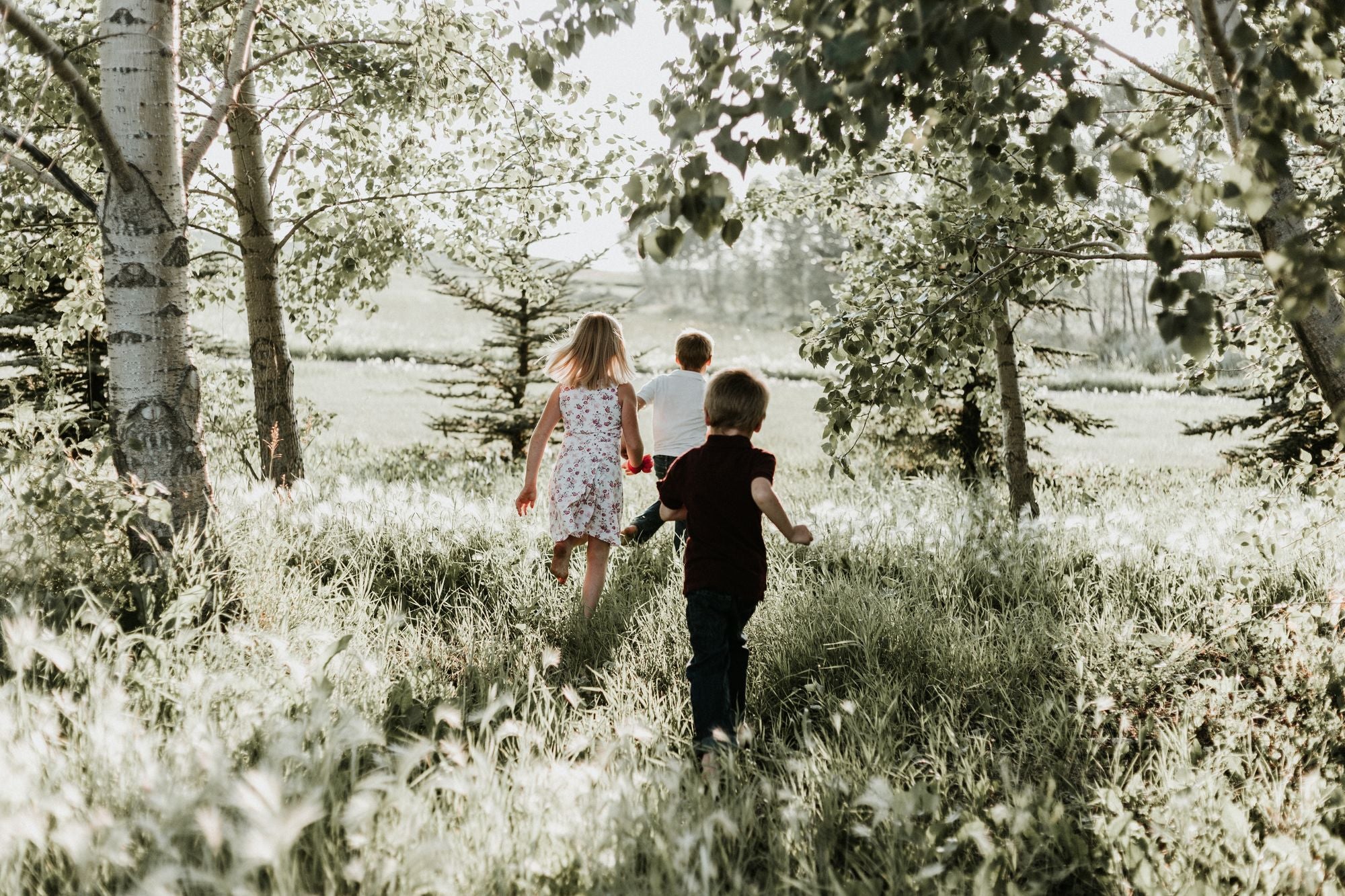Helping with the hives: children and beekeeping
Kids and beekeeping may not seem like natural partners. After all, beekeeping involves being patient, methodical and calm – not quite what small children are known for.
But if you’re a beekeeper with children, it can be worth getting them involved. Helping with the hives can help your children develop valuable skills and potentially give them a lifelong interest in bees and beekeeping.
Here’s how to get your kids involved in a safe, age-appropriate way.
Get geared up
Like anyone involved in beekeeping, children need to be appropriately dressed before they get near a hive. That means a bee suit or jacket in their size, a veil to protect their face, plus gloves and boots.
Make sure all their gear is loose and comfortable, without being oversized. Putting adult gear on a child means you’re more likely to leave gaps and openings for bees to get through.
If your child does get stung, look out for signs of an allergic reaction, including vomiting, fainting, swelling, or feeling tingly. If you notice any of these signs, contact emergency services straight away.
Bee basics
Before you get out to the hives, go over the basics of beekeeping with your child or children. It’s easier to talk calmly when you’re inside and away from the noise of the hive.
Explain how the colony works, what the workers and queen do, and how the hive is set up. Show them your tools and briefly explain what each is used for. Make it clear that they should not touch or move anything without your permission.
Age appropriate activities
Start by taking your child out to look at your hives when you inspect them. Then depending on their age, you can give them simple tasks to do.
Between the ages of 5-9, children can help by gently brushing bees from honey frames, inspecting frames for mites, and even holding the smoker if you feel they’re capable. They’ll also enjoy helping you paint or decorate your hives.
At 10, most children are responsible enough to take on more complicated tasks. They can spray bees with sugar water to help calm them down, refill the feeder if you use one, pull out honey frames and replace with clean racks, and clean equipment.
By the age of 15, children can take on most beekeeping responsibilities on their own. They may even want to run their own hive, with some supervision from you.
Smart supervision
Like most activities, beekeeping comes with risks. If you do want to get your children involved, make sure you provide constant supervision and guidance to avoid stings – or damage to your hives. Even older teenagers can make unexpected mistakes, so make sure you’re nearby when they’re dealing with the hive.

